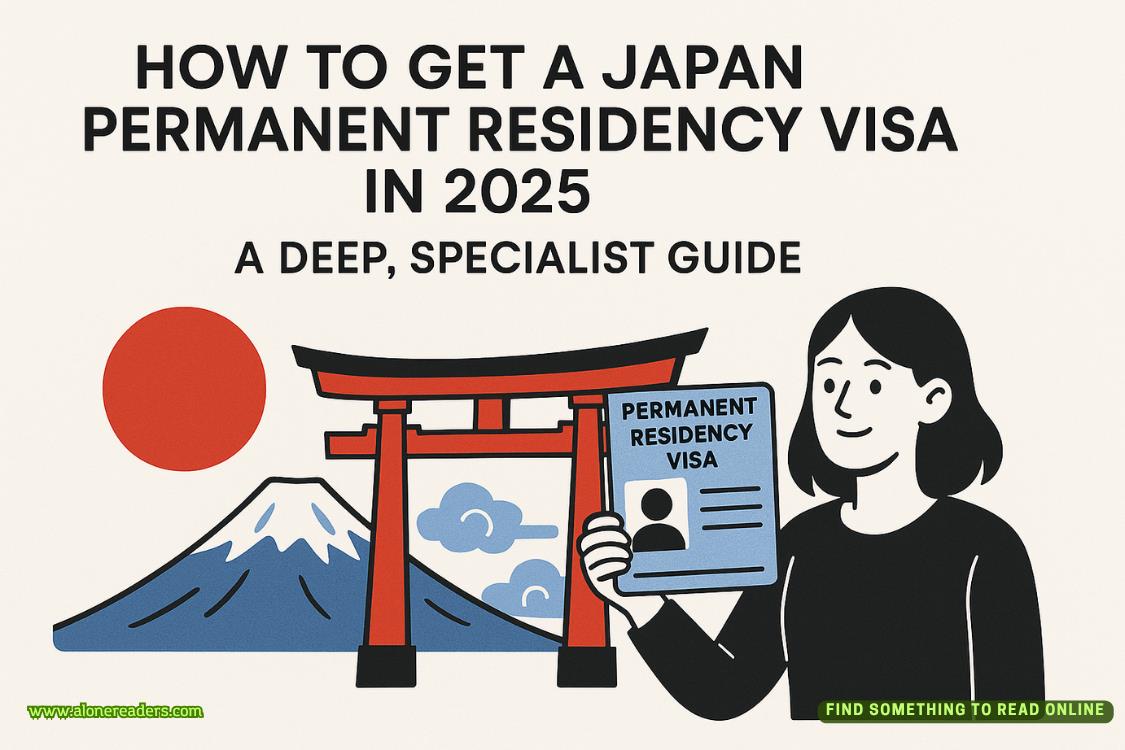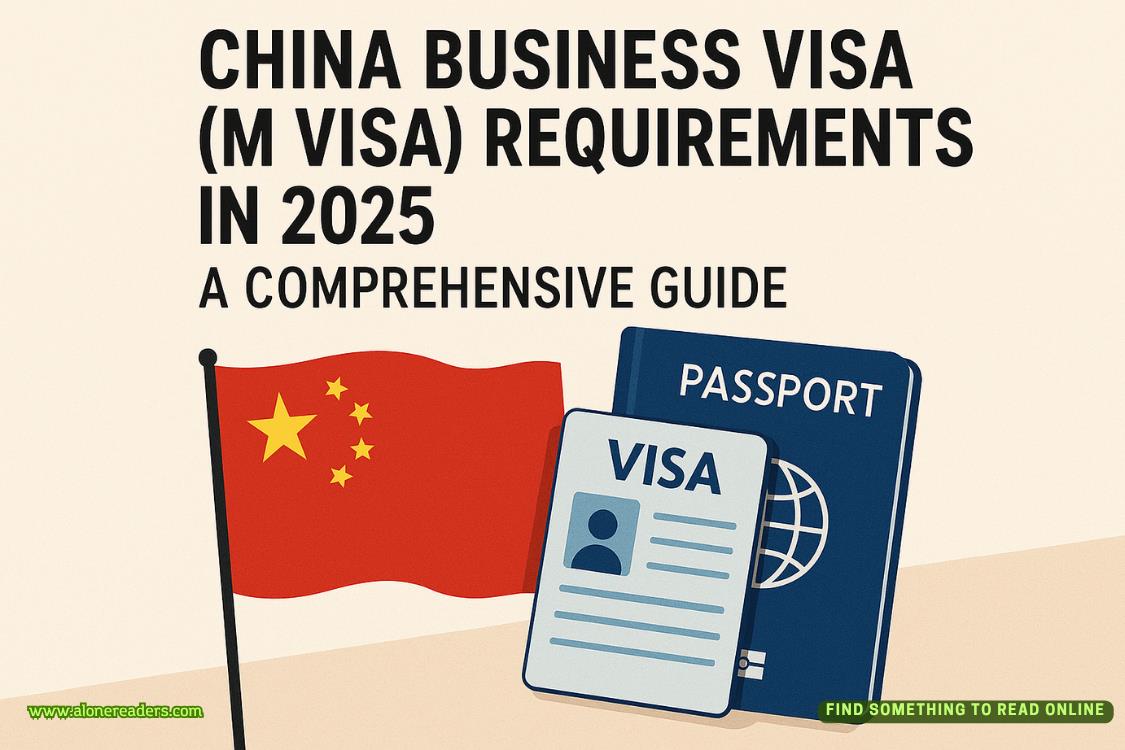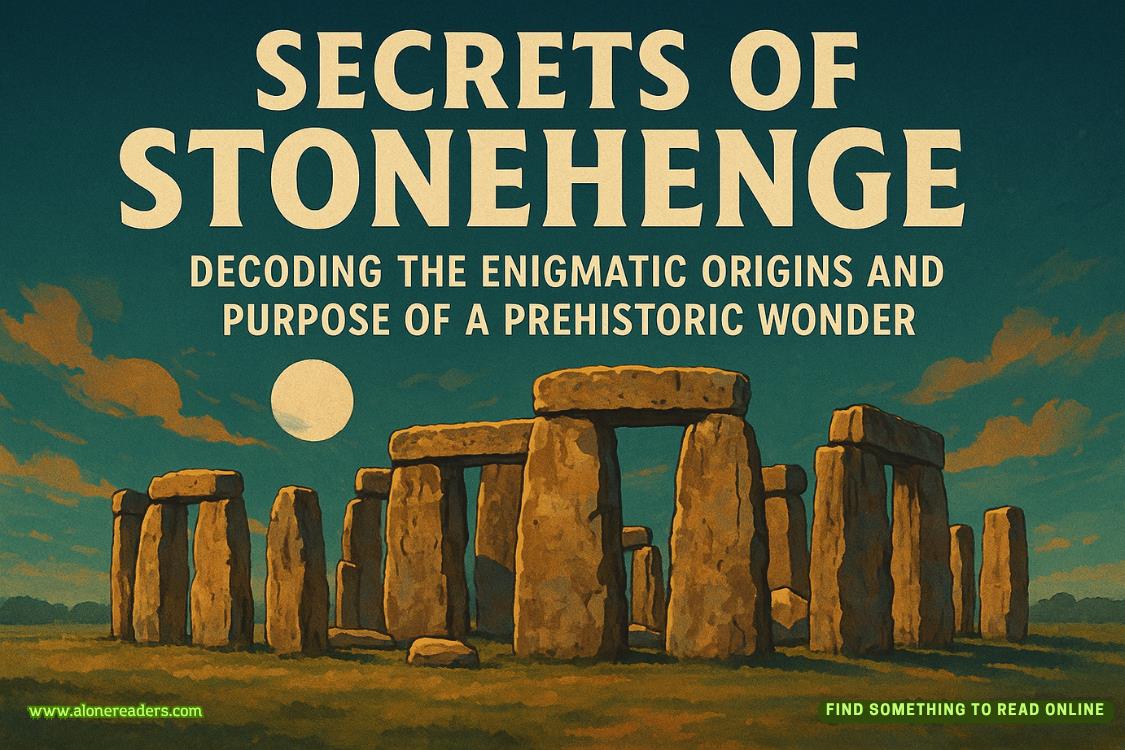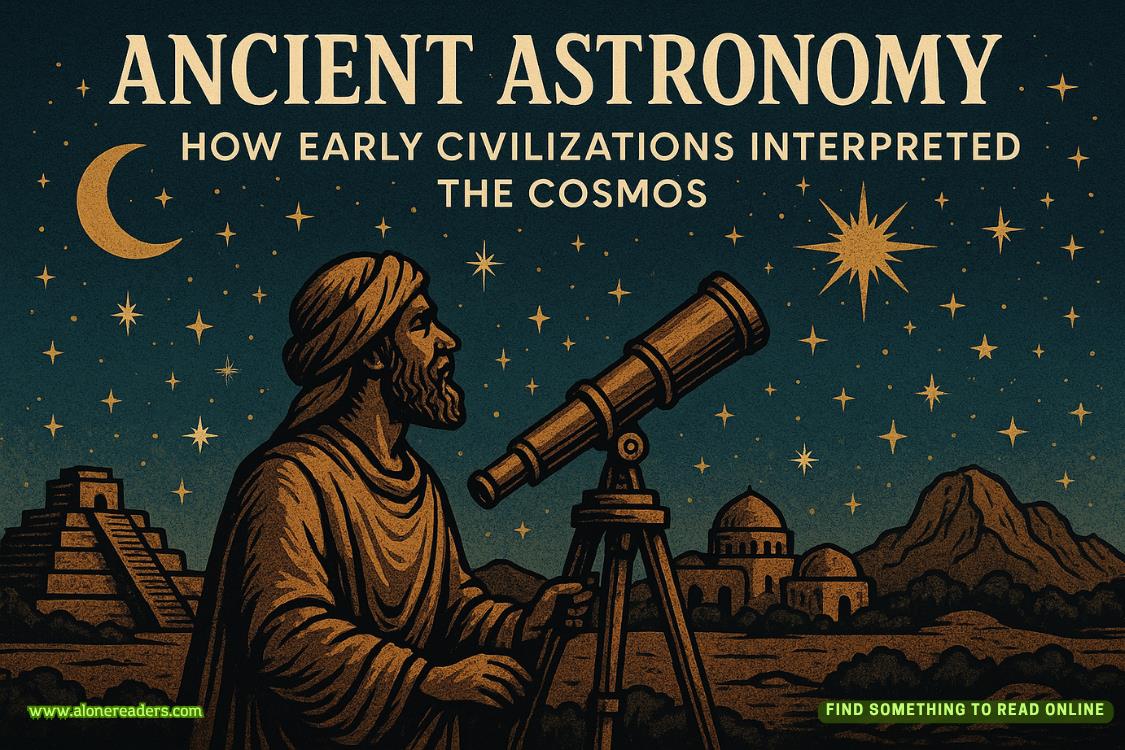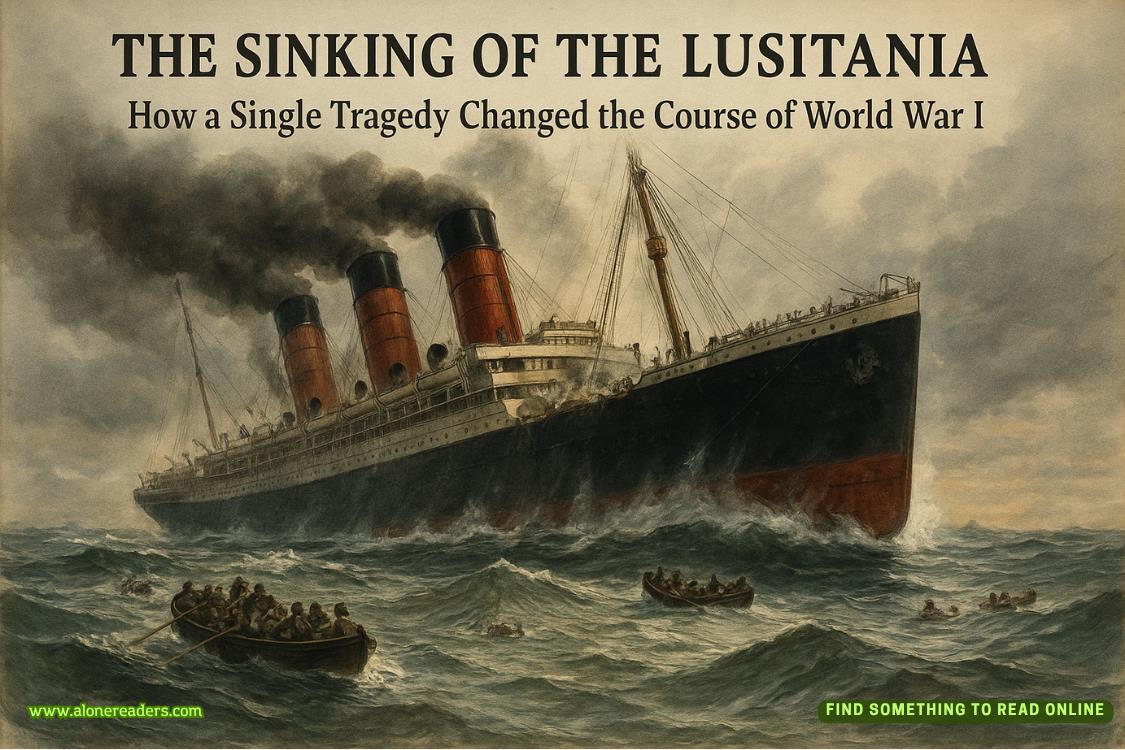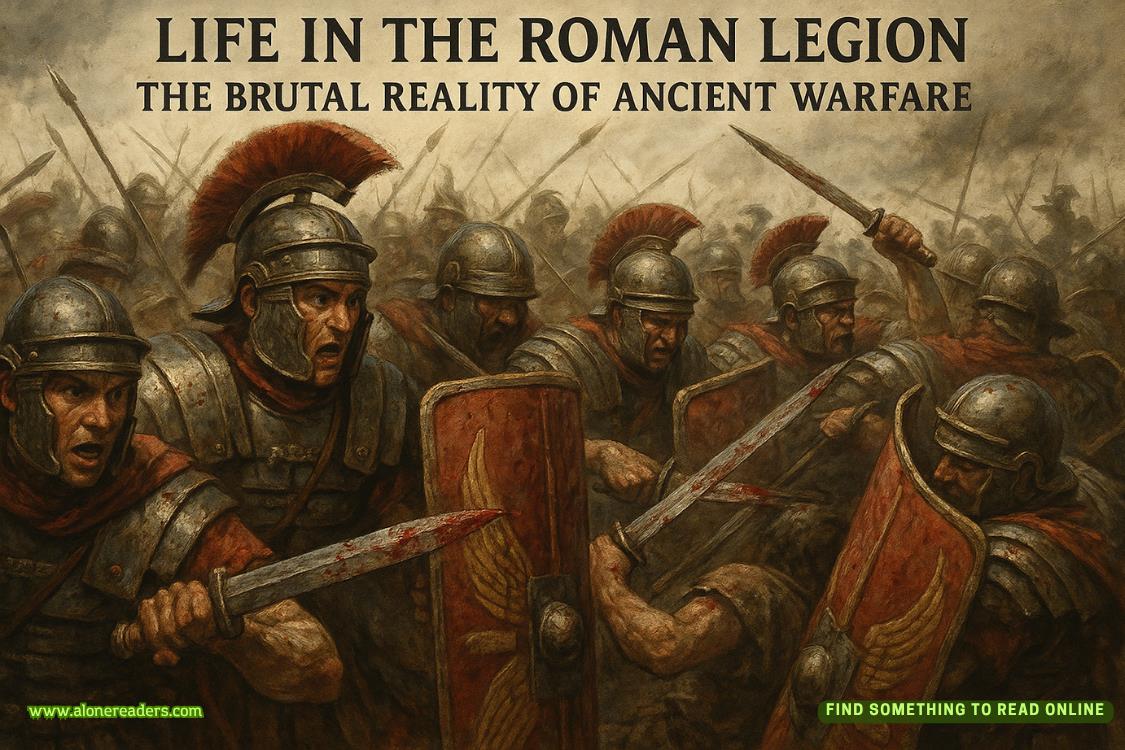Page 76 of Faking It with the Bad Boy
Spring had settled over Preston University, turning the hockey rink into a strangely quiet space. The season was over, and the playoffs trophy secured, but Jack still found reasons to visit - organizing the team's medical kit with historically accurate precision, teaching freshmen about proper injury prevention while quoting Victorian medical texts, or just sitting in the stands while reading rare books.
"It's weird without practice," he admitted one evening, sprawled across my museum office couch with a first edition balanced on his chest. The office had become our default hangout now that he didn't have 6 AM practice demands. "Though maybe now I can finally finish cataloging my medical history collection without Coach Williams asking if rare book acquisition counts as proper cross-training."
"Does it?" I asked, organizing artifact records at my desk. His growing library had somehow merged with my museum documentation, creating an organizational system that would have impressed Victorian librarians and confused modern ones.
"Well, some of these books are pretty heavy," he pointed out. "And proper preservation techniques require excellent hand-eye coordination."
The transition from hockey season to regular student life brought unexpected challenges. Jack's schedule, once dictated by practices and games, now revolved around his expanding academic interests. He'd taken to guest lecturing in medical history classes, much to everyone's confusion.
"Your boyfriend explained nineteenth-century surgical techniques to my anatomy class," a pre-med student told me at the museum. "While demonstrating proper stance for checking. It was terrifying but informative."
The team, despite the season's end, had maintained their enthusiasm for our bizarre blend of interests. They still wore their "Team Medical History" shirts to study sessions, though now they truly studied. Mike had started dating a museum volunteer, leading to increasingly elaborate discussions about proper artifact handling during parties.
"All I'm saying," Mike defended during one such gathering, "is that Victorian medical practices have a lot in common with hockey strategy. Both require precision, timing, and occasionally making people unconscious."
"That's... not entirely accurate," I started, but Jack was already pulling out his collection of surgical manuals to demonstrate the parallels.
Our study sessions had evolved, too. Without the pressure of maintaining eligibility, Jack's academic interests expanded in unexpected directions. He'd started a research project comparing nineteenth-century sports medicine to modern practices, complete with color-coded notes that made my organizational heart proud.
"You've corrupted him," Dex observed, finding us in the library surrounded by medical texts and perfectly arranged research materials. "He alphabetized his sock drawer yesterday. Called it 'proper textile preservation.'"
The hockey house, once dedicated to post-game celebrations, had transformed into an unlikely academic space. The team maintained their Victorian medical display, though we still had to enforce strict rules about unauthorized reenactments after Tommy attempted to demonstrate historical treatment methods using hockey equipment.
"The bone saw incident was educational," Tommy insisted during a study session. "Even if Coach banned us from combining medical history with stick-handling drills."
Jack's apartment reflected our merged worlds most clearly. His growing collection of rare books and medical texts shared space with hockey memorabilia in a way that somehow made perfect sense. Practice jerseys hung next to carefully preserved documents. Trophy shelves held both athletic awards and rare medical instruments.
"It's like a museum had a baby with a sports bar," Mike commented during one of our regular study groups. The team still gathered frequently, though now they came armed with textbooks instead of party supplies.
The transition wasn't always smooth. Jack sometimes still caught himself checking the nonexistent practice schedule before making plans. I occasionally had to remind him that not everything needed color coding (though his systematic approach to organizing takeout menus was admittedly impressive).
Our families adjusted to our new normal with varying degrees of acceptance. Jack's grandmother had taken the time to send us vintage medical texts she found at estate sales, each accompanied by not-so-subtle notes about Victorian marriage customs.
"Look," she'd written in her latest package, "this one includes traditional courtship rituals AND proper medical tool handling techniques. Very practical for young couples with shared interests in history and eventual matrimony."
My parents' evolution was more gradual. They'd moved from quiet concern to reluctant acceptance to genuine appreciation of Jack's knowledge of medical history - even if he sometimes demonstrated surgical techniques while wearing his practice jersey.
"At least he understands the importance of proper sterilization," my father conceded during a family dinner after catching Jack explaining the evolution of dental hygiene to my younger cousins. "Though perhaps with less emphasis on the more gruesome historical details?"
"The children asked specifically about Victorian tooth extraction methods," Jack defended but agreed to tone down the historical accuracy during meals.
The museum staff had fully embraced our unconventional relationship, even designating a special study area for our"academic discussions" - conveniently located within view of multiple security cameras.
"We're just maintaining proper oversight of valuable artifacts," the head curator explained with a poorly hidden smile. "The fact that it keeps your... preservation techniques... in supervised areas is purely coincidental."
Spring brought new routines. Without early morning practices, Jack started volunteering at the museum, applying his surprisingly transferable sports discipline to artifact preservation. His careful handling of delicate materials impressed even the most skeptical conservators.
"He has excellent attention to detail," the conservation specialist admitted, watching Jack meticulously clean nineteenth-century surgical tools. "Though maybe suggest less enthusiastic demonstrations of historical medical procedures? The school tours are getting concerned."
Tuesday evenings became dedicated to exploring rare bookstores, where Jack's growing expertise in medical texts combined with my organizational skills to create formidable book-hunting expeditions.
"You've created a monster," the owner of Antiquarian Medical Books told me, watching Jack expertly evaluate a first-edition surgical manual. "He just spent thirty minutes explaining why the binding indicates an 1862 publication rather than 1863. With references."
Weekend mornings, once dominated by training schedules, transformed into joint research sessions. We'd spread books across his living room floor, combining hockey strategy analysis with medical history in ways that probably violated several academic disciplines.
"Your boy's writing a paper comparing Victorian surgical team dynamics to hockey line changes," my academic advisor informed me, sounding both impressed and concerned. "It's surprisingly compelling, though perhaps with more references to blood-letting than strictly necessary."
The team's post-season activities centered increasingly around our shared interests. They started a book club, though their selections tended toward the more dramatic aspects of medical history.
